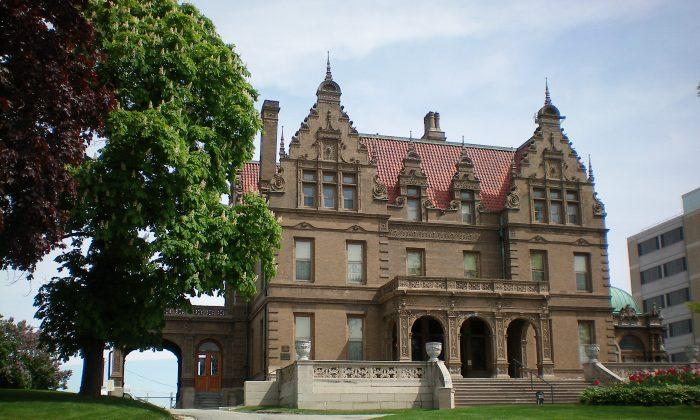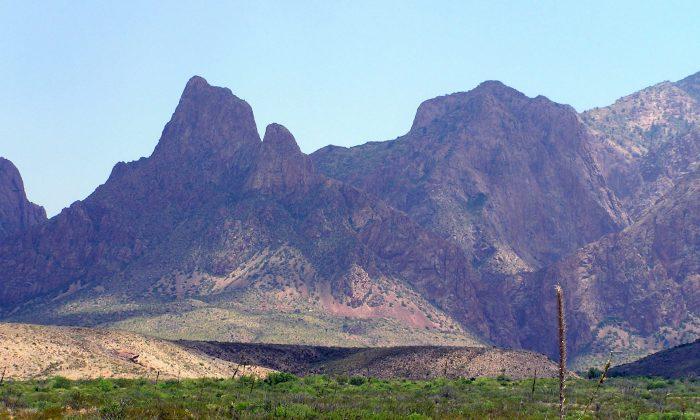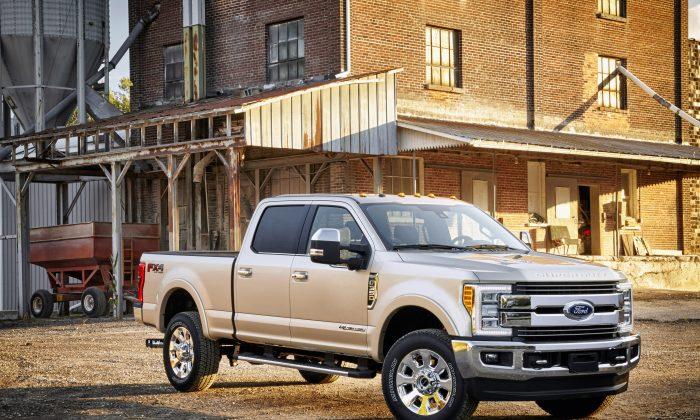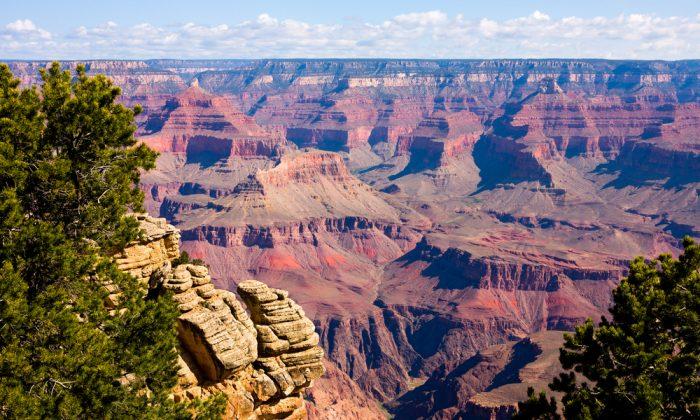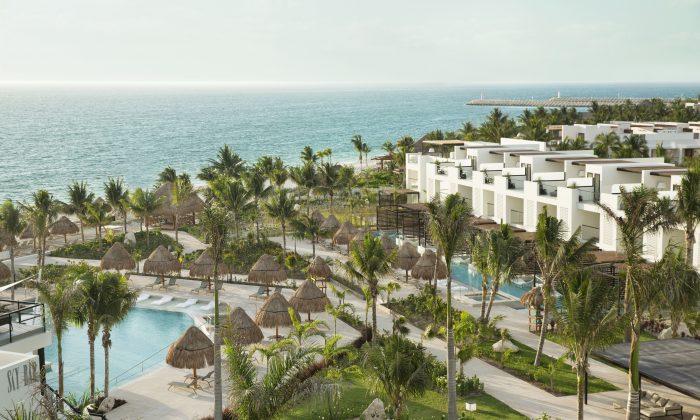Sprawled along the shores of Lake Michigan, Milwaukee is often called the City of Festivals, and it’s easy to see why. In just two days in July, I attended Milwaukee’s Original HAUS Party (North America’s largest German festival); the Brady Street Festival; and Brewfest, where free craft beers were available for sampling at numerous stalls.
Summerfest, the world’s largest music festival, takes over the Henry Maier Festival Park in June and ramps up the noise level for miles around with 11 stages of non-stop rock, country, pop, and R&B music.
Other festivals celebrated each summer include Polish Fest, Lakefront Festival of Art, and Cedarburg Strawberry Festival in June; Bastille Days, Milwaukee IndyFest, Festa Italiana, and the Air and Water Show in July; and the Wisconsin State Fair, Arab World Fest, Irish Fest, and Mexican Fiesta in August.
Beyond the Festivals
Even without all the festivals, Milwaukee is chock-full of interesting and entertaining excursions, such as the Riverwalk Boat Tours. Cruising past such landmarks as the stunning Milwaukee Art Museum, Discovery World, and the Henry Maier Festival Park helps visitors better understand the city’s layout.
Milwaukee boasts a thriving art scene, great food, and of course, beer! If there’s one thing we learned in Milwaukee, it’s that beer is still the drink of choice. To paraphrase the well-known advertising slogan, “(It’s) the beer that made Milwaukee famous.”
The 4.8-kilometre Milwaukee RiverWalk has 20 sculptures on display, while the Lynden Sculpture Garden shows off over 50 sculptures on its 40 acres of parkland.
For a land lovers’ look at the city, Explore Milwaukee Food and City Tours provides narrated bus tours that stop at popular destinations. While enjoying the entertaining tour with a group of travel writers, my favourite highlight was stopping for lunch at Motor and touring the Harley-Davidson Museum.
Much more than a history of motorcycles, the tour gave us a glimpse at business, engineering, fashion, and society in turn-of-the-century Milwaukee as well as displaying some fascinating vintage Harleys.
Pabst Mansion
An especially interesting tour of the Pabst Mansion provided further glimpses into the so-called Gilded Age of Milwaukee, and the days of the early beer barons like Captain Frederick Pabst. His Grand Avenue house, near his brewery, was completed in 1892 at a cost of $254,000.
The price included the furnishings and artwork as well as the house. The Mansion witnessed many great parties, receptions, a wedding, and finally the funerals of Captain Frederick and his wife before being sold to the Roman Catholic Archdiocese in 1908.
After serving as the residence of five archbishops, in 1975 the building was saved from destruction by historic preservationist John Conlan, who purchased it to sell to Wisconsin Heritages. The non-profit group opened the Mansion to the public in 1978, and ongoing restoration of the building and grounds continues.
We also toured the opulent Pfister Hotel’s art collection with artist-in-residence Todd Mrozinski, learning that 60 local galleries participate in a free-admission “Gallery Night and Day” held quarterly in the Historic Third Ward and downtown areas.
On to the bustling Public Market, where you can find every kind of fresh produce, seafood, deli sandwich or salad, local breads, cheese and sausage, and exotic imports from abroad in a huge, crowded market space.
It was hard to decide what to buy in only an hour, but everything I tried was good. This place went on my stay-a-little-longer list for a return trip.
Food, Beer, Coffee
Milwaukee’s culinary scene is thriving, with artists like award-winning chef Dave Swanson running Braise, a community-supported restaurant/cooking school that brings locally grown meats and produce straight to the table.
We especially enjoyed learning how to make pasta (a time-consuming process I probably won’t try at home). Lunch at Braise featured our just-made pasta in a delicious dish of Herb Pistou.
Another favourite Milwaukee restaurant was the Mason Street Grill at the Pfister Hotel. This upscale establishment makes fine dining an art as arresting as the paintings exhibited in their galleries.
A tour of a microbrewery showed us some of the finer points of beer-making, which has come a long way since the original beer barons like Pabst/Schlitz and Blatz built their huge empires. At Lakefront Brewery we were entranced by the antics of a manic guide who could easily be a standup comic if he tires of drinking beer all day. Maybe he just seemed so funny because we were encouraged to sample various beer and ale products along with him.
Going from beer to coffee, we paid a visit to Colectivo Coffee Roasters, which has twelve cafes and a bakery in Milwaukee plus three in Madison, while also distributing their great coffee to numerous other places. We also toured their offshoot Troubadour Bakery, where I fell in love with a Cowboy Cookie.
On our last night in the city, we tried a unique wine bar called the Ruby Tap. Over 70 wines are available by the bottle, but the more adventurous will try one of the 32-plus varieties available by wine machines that measure different-sized pours.
For more information, visit www.visitmilwaukee.org
Jo Ann Holt is a journalist based in Dallas, Texas.

